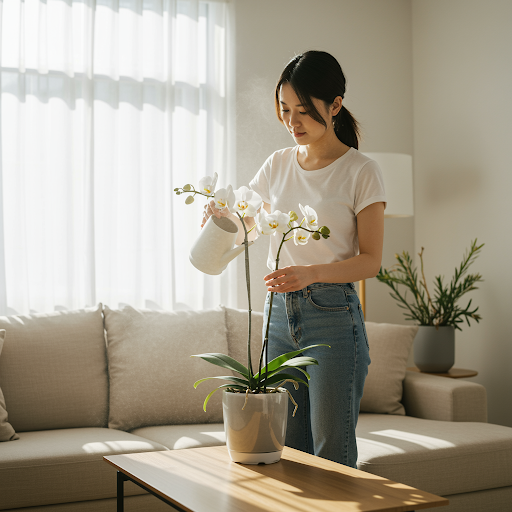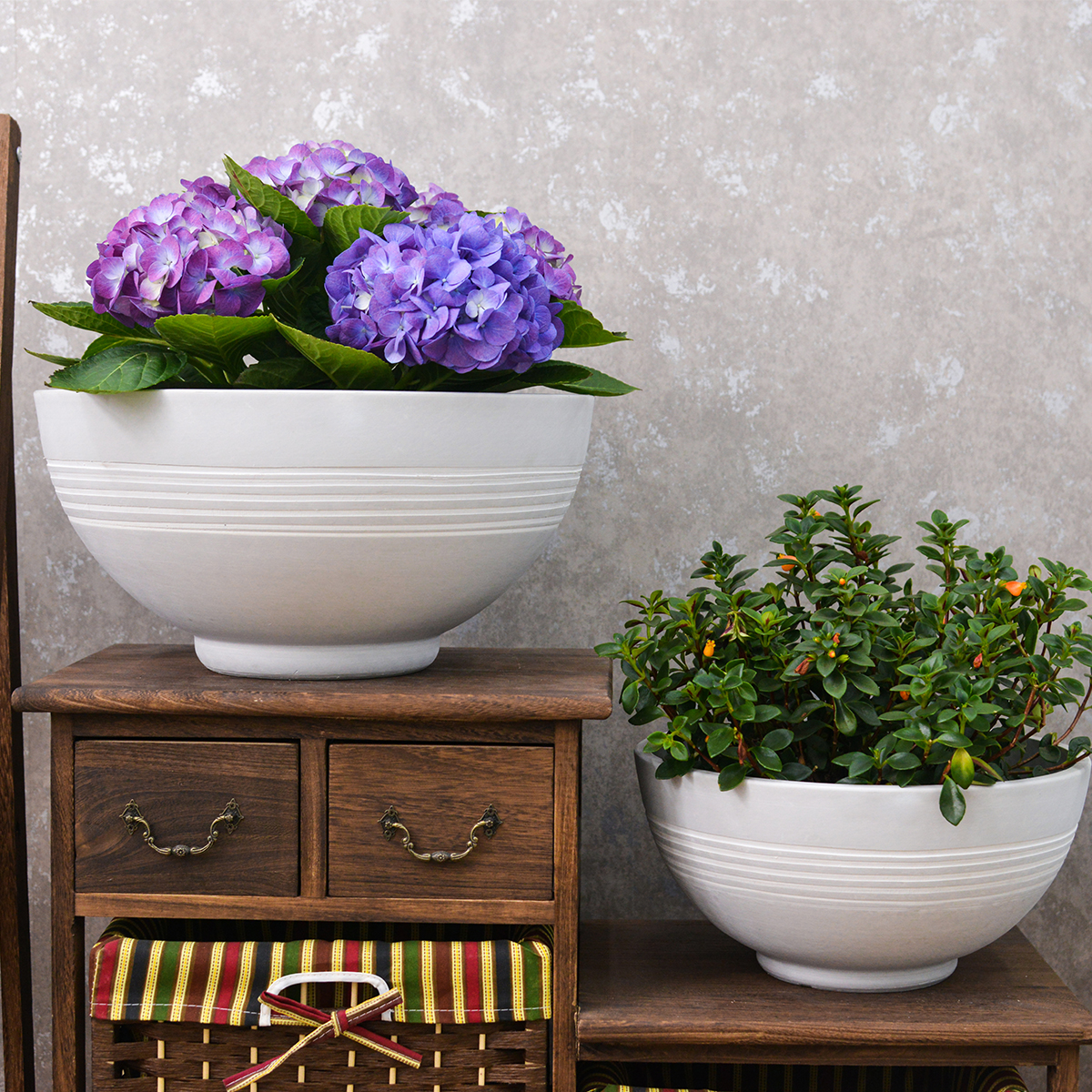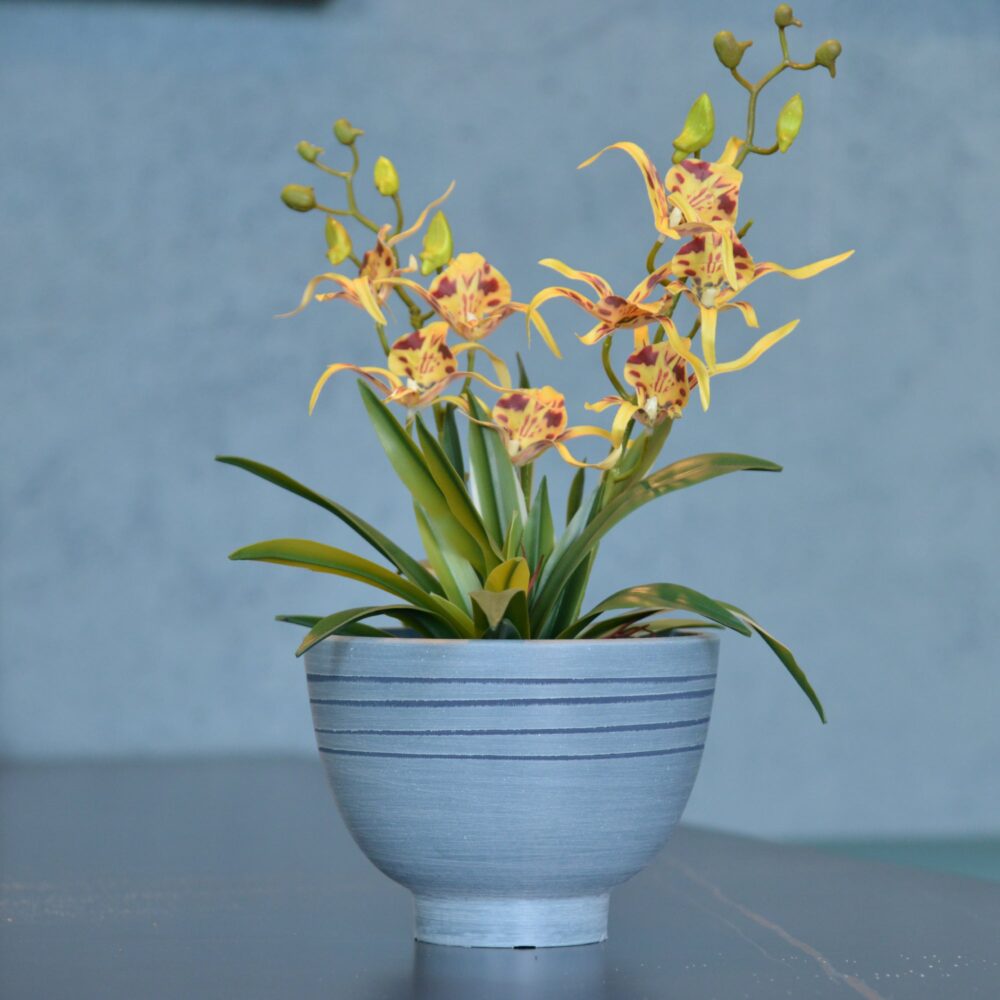Blooming Beauty: Your Guide to Growing Gorgeous Phalaenopsis Orchids at Home
Phalaenopsis orchids, often called “moth orchids” or “butterfly orchids,” are beloved for their elegant, long-lasting blooms and relatively easy care, making them a popular choice for indoor plant enthusiasts in the United States. Understanding their native environment is key to replicating the conditions they need to thrive and flower year after year. Let’s explore how to provide the perfect care for your Phalaenopsis orchid.

Understanding the Native Environment:
Phalaenopsis orchids are epiphytes, meaning they naturally grow on the trunks of large trees in the tropical and subtropical forests of Asia and Australia. High in the canopy, they receive dappled sunlight filtered through the leaves, and their roots are exposed to air, absorbing moisture and nutrients from rainwater and humidity. This unique environment informs our at-home care practices.
Light:
Mimicking their natural habitat, Phalaenopsis orchids need bright, indirect light. Avoid direct sunlight, which can scorch their leaves. However, they also need enough light to bloom.
- Ideal Placement: A north or east-facing window is often ideal. South or west-facing windows can work if you diffuse the light with a sheer curtain.
- Seasonal Adjustments:
- Spring & Fall: Can tolerate short periods of gentle morning or late afternoon direct sun.
- Summer: Requires bright, indirect light only. The sun is too intense.
- Late Fall & Winter: When orchids typically develop flower spikes, they benefit from more light, including direct sunlight for 4-6 hours, especially from a south-facing window as the sun is lower in the sky.
Temperature:
Phalaenopsis orchids prefer warm temperatures.
- Daytime: Optimal range is 77-82°F (25-28°C). Avoid temperatures consistently above 86°F (30°C).
- Nighttime: Ideal range is 68-75°F (20-24°C).
- Winter: Minimum temperature should ideally not drop below 50-59°F (10-15°C).
- Encouraging Blooms: A temperature drop in the fall can help initiate flowering. Aim for daytime temperatures of 68-75°F (20-24°C) and nighttime temperatures of 64-68°F (18-20°C) for a few weeks around October to encourage blooming for the spring. Once the flower spike appears, revert to normal temperatures.
Humidity:
Phalaenopsis orchids thrive in high humidity, similar to their rainforest homes.
- Ideal Range: Aim for 70-80% humidity, which can be easier to achieve in naturally humid areas.
- Increasing Humidity: In drier climates, you can increase humidity by:
- Placing the orchid on a pebble tray filled with water (ensure the pot doesn’t sit directly in the water).
- Using a humidifier in the room.
- Grouping orchids together, as they create a microclimate of higher humidity.
- Misting around the plant (avoiding direct misting of the flowers, which can cause spotting).
- North American Considerations: While high humidity is beneficial, Phalaenopsis orchids can tolerate lower humidity levels common in many US homes, especially if other conditions like light and temperature are optimal.
Watering:
The “dry out, then water thoroughly” principle is crucial for Phalaenopsis orchids. The specific watering frequency depends on the potting medium.
- Sphagnum Moss: If your orchid is potted in sphagnum moss, wait until the top layer feels dry to the touch and the moss feels crispy. Then, water thoroughly until water drains from the bottom of the pot.
- Orchid Bark Mix: This is a more common potting medium in the US. It dries out faster than moss. Water when the bark at the top of the pot feels dry. You can also lift the pot – a dry pot will feel significantly lighter than a wet one. Water thoroughly.
- Watering Technique: Use room-temperature water (tap water that has sat out overnight to allow chlorine to dissipate is ideal). Avoid getting water in the crown (where the leaves meet), as this can cause rot.
Fertilizing:
Phalaenopsis orchids are not heavy feeders.
- Slow-Release Fertilizer: You can use a slow-release orchid fertilizer according to the product instructions.
- Water-Soluble Fertilizer: During the growing season (spring and summer), you can use a balanced water-soluble orchid fertilizer diluted to half the strength recommended on the label, every 2-4 weeks when you water.
- Foliar Feeding: You can also lightly mist the leaves with diluted orchid fertilizer.
- Encouraging Blooms: In the fall (around October), you can switch to a fertilizer with a higher phosphorus and potassium content to encourage better blooming for the spring.
Roots:
Phalaenopsis orchids have aerial roots that naturally grow upwards or sideways out of the pot.
- Aerial Roots are Normal: These roots help the orchid absorb moisture and nutrients from the air. Do not trim or try to force them back into the pot.
- Repotting: When the orchid outgrows its current pot (typically every 1-2 years), you can repot it into a slightly larger pot with fresh orchid potting mix. At this time, you can gently tuck some of the aerial roots into the new pot if they are flexible.

Key Takeaways for Healthy Phalaenopsis Orchids:
The most important aspects of Phalaenopsis orchid care are providing the right environment with appropriate light and temperature. In a suitable environment, you’ll mostly just need to water and fertilize occasionally, and repot every couple of years.
With these simple steps, your Phalaenopsis orchid should thrive and reward you with beautiful blooms for years to come!
k2-21G
By greenship|2024-08-13T06:17:26+00:00August 13, 2024|Categories: Hand-carving Series|
11V
By greenship|2024-08-13T03:05:48+00:00August 13, 2024|Categories: Hand-carving Series|
KC3-09k
By greenship|2024-08-16T06:24:36+00:00August 16, 2024|Categories: Hand-carving Series|
Modern Plant Pots丨Planter for Indoor Plants,8 inch or 10 inch Plant Pots with Drainage Hole,Decorative Flower Pots
By greenship-seo|2025-04-10T08:32:55+00:00January 7, 2025|Categories: Hand-carving Series|Tags: Decorative Flower Pots, Self-Watering Pots|
11TH
By greenship|2024-08-13T02:50:25+00:00August 13, 2024|Categories: Hand-carving Series|
8 inch/10 inch Planter Indoor Plants, 2 Pack Modern Decorative Plant Pots with Drainage Hole, Cute Bowl Shape Flower Pots
By greenship-seo|2025-04-10T08:03:42+00:00January 9, 2025|Categories: Hand-carving Series|Tags: Decorative Flower Pots, Self-Watering Pots|






